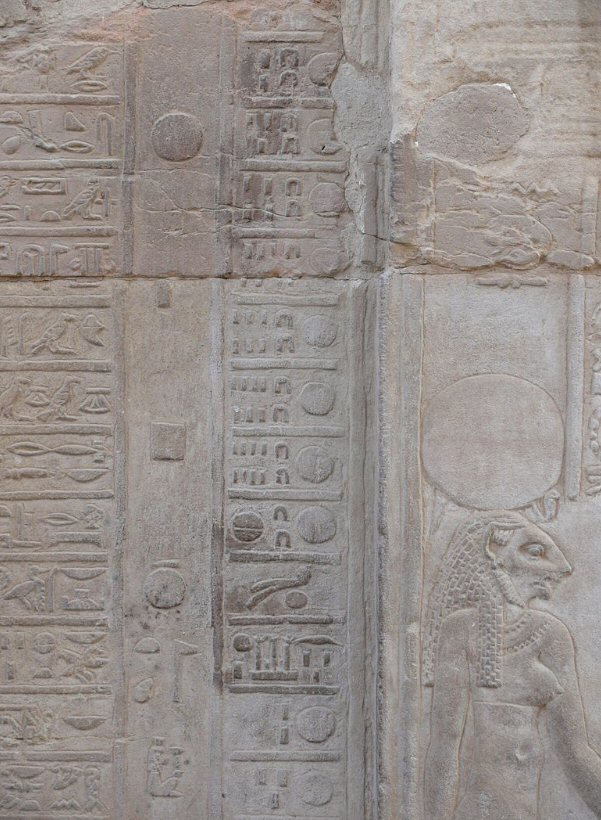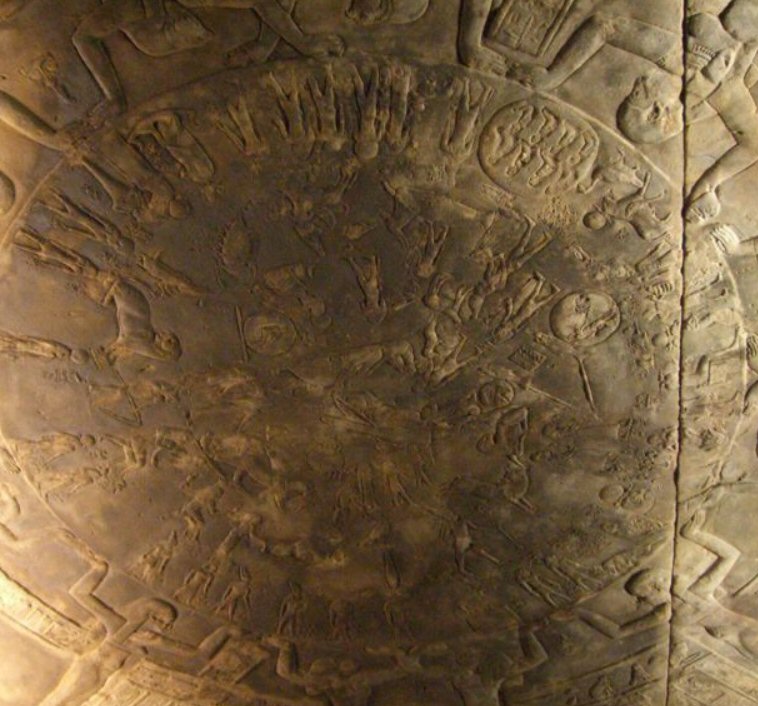 Sirius or Spdt lies about 8.6 light years from earth. The first day coincides with the arrival of the highest point of River Nile flood at Memphis. Ancient Egyptians realized that the heliacal rising of the star Sirius, or Sothis, coincides with the new year's day of the civil calendar, precisely every 1460 years. Some sightings were recorded in the 7th year of the reign of King Senusert III (1878-1841 BC). The dating of the event was the sixteenth day of the fourth month of the second season. The first day of the Egyptian Civil Year coincided with the heliacal rising of Sirius, marking the end of a Sothic cycle.
Sirius or Spdt lies about 8.6 light years from earth. The first day coincides with the arrival of the highest point of River Nile flood at Memphis. Ancient Egyptians realized that the heliacal rising of the star Sirius, or Sothis, coincides with the new year's day of the civil calendar, precisely every 1460 years. Some sightings were recorded in the 7th year of the reign of King Senusert III (1878-1841 BC). The dating of the event was the sixteenth day of the fourth month of the second season. The first day of the Egyptian Civil Year coincided with the heliacal rising of Sirius, marking the end of a Sothic cycle.


